What Are You Looking For?
The anode catalyst of fuel cells is a key material responsible for catalyzing the oxidation reaction (such as hydrogen oxidation reaction, HOR) of fuels (such as hydrogen, methanol, etc.) in fuel cells, and its performance directly affects the efficiency, stability, and cost of the cell.
Brand :
Rubri
Product Description

Advantages:
Ultra high stability:
The oxidation resistance of graphitized carbon is significantly better than that of ordinary carbon black, and it hardly corrodes in acidic/high-temperature environments.
It can effectively suppress the sintering and detachment of Pt particles, prolong the catalyst life (such as increasing durability by 3-5 times).
Enhanced conductivity: After graphitization, the lattice defects of carbon are reduced, and the electron conduction rate is higher.
Specification
| Name |
Quality Specific Activity A/Mg Pt |
Electrochemical Surface Area Range ECSA (m2/g) |
Platinum Particle Crystal Size Range * XRD Nm |
|
30% Pt/GC
|
0.23-0.27
|
55-75
|
4.0-5.6
|
Application Scenarios

1.High durability requirements: such as fuel cell vehicles and fixed power generation systems.
2.High temperature fuel cells, such as phosphoric acid fuel cells (PAFC) or partially SOFC anode modified layers.
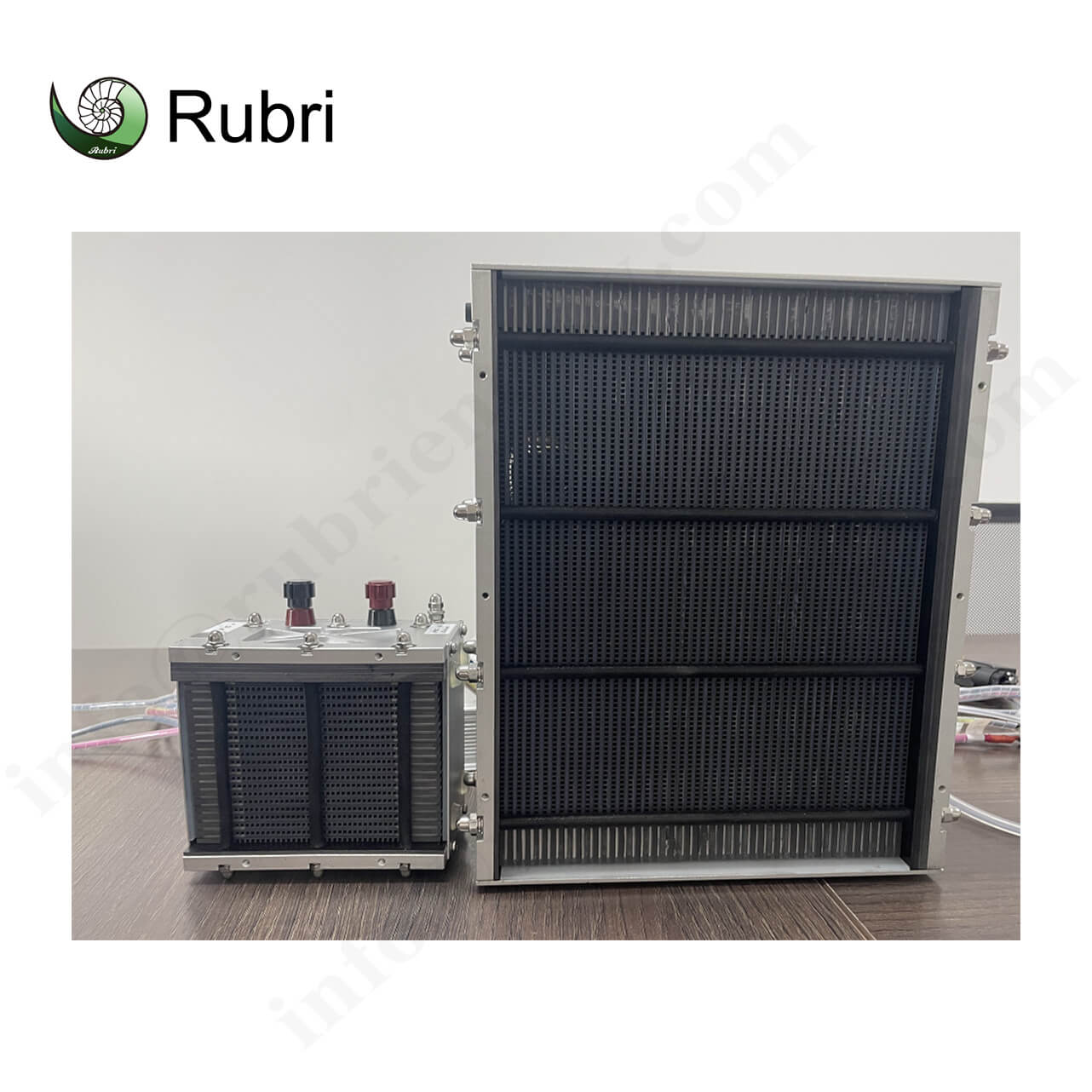
With simple system design, air cooling fuel cell can be used for various scenarios, such as hydrogen bicycles,hydrogen powered tricycles, sightseeing vehicles, hydrogen drones, small power unmanned ship and portable power stations etc.
Read More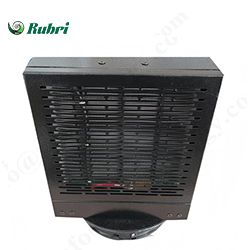
Air cooled fuel cell adopts proton exchange membrane technology to generate power without producing pollution or carbon emission. The new energy fuel cell has a variety of application scenarios.
Read More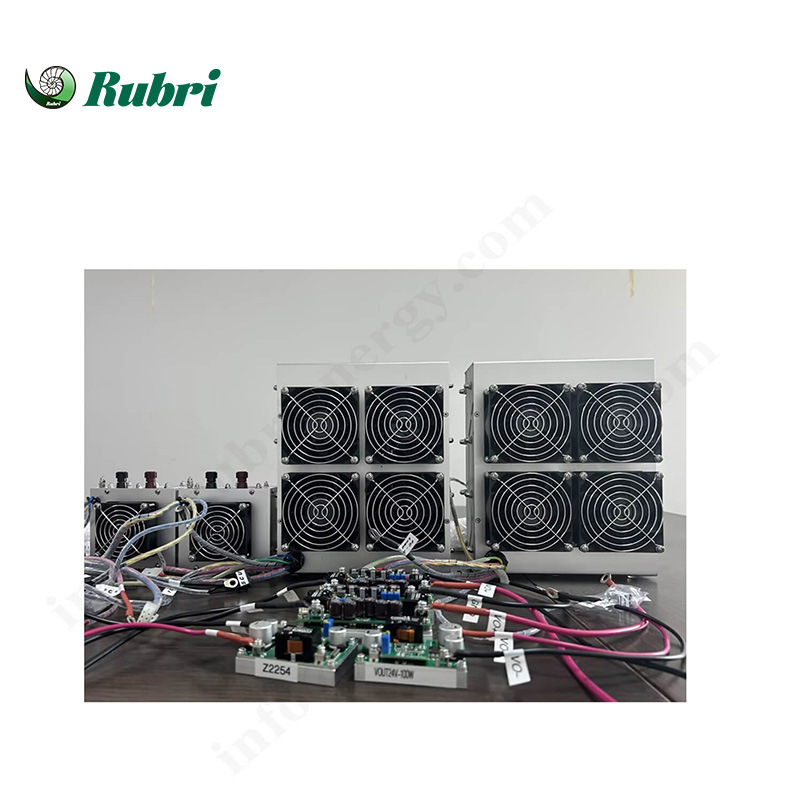
With simple system design, air cooling fuel cell can be used for various scenarios, such as hydrogen bicycles,hydrogen powered tricycles, sightseeing vehicles, hydrogen drones, small power unmanned ship and portable power stations etc.
Read More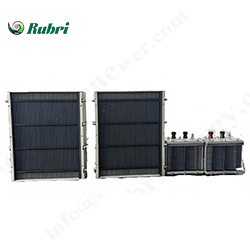
PEM hydrogen fuel cell adopts Proton Exchange Membrane Technology to convert hydrogen and oxygen into water and electricity. A PEM fuel cell generates power without producing pollution or carbon emission.
Read More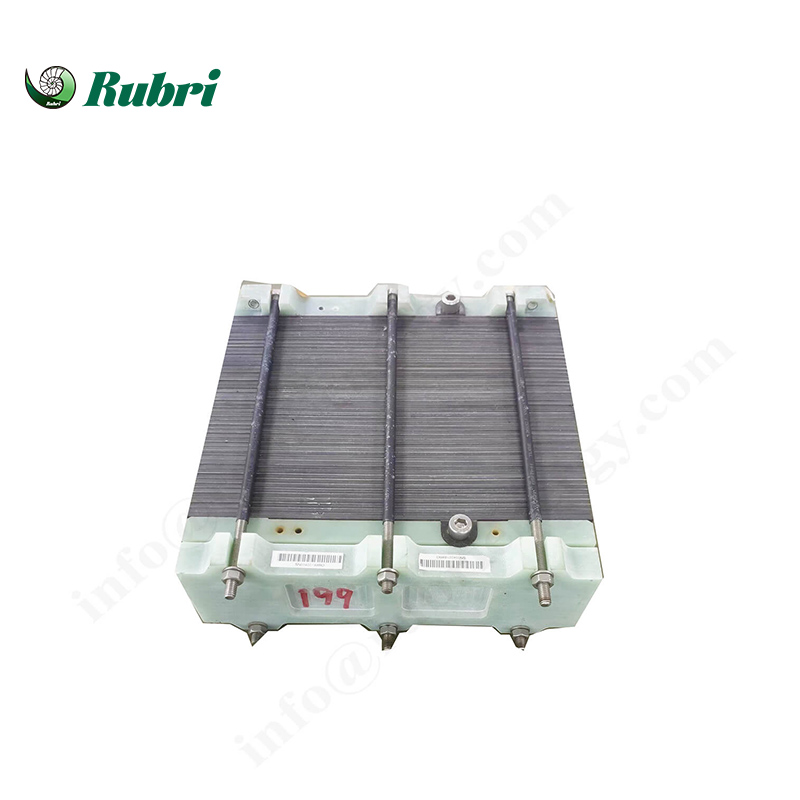
With higher cooling efficiency to quickly take away the heat generated, water/liquid cooled hydrogen fuel cells can be used in larger power generation systems.
Read More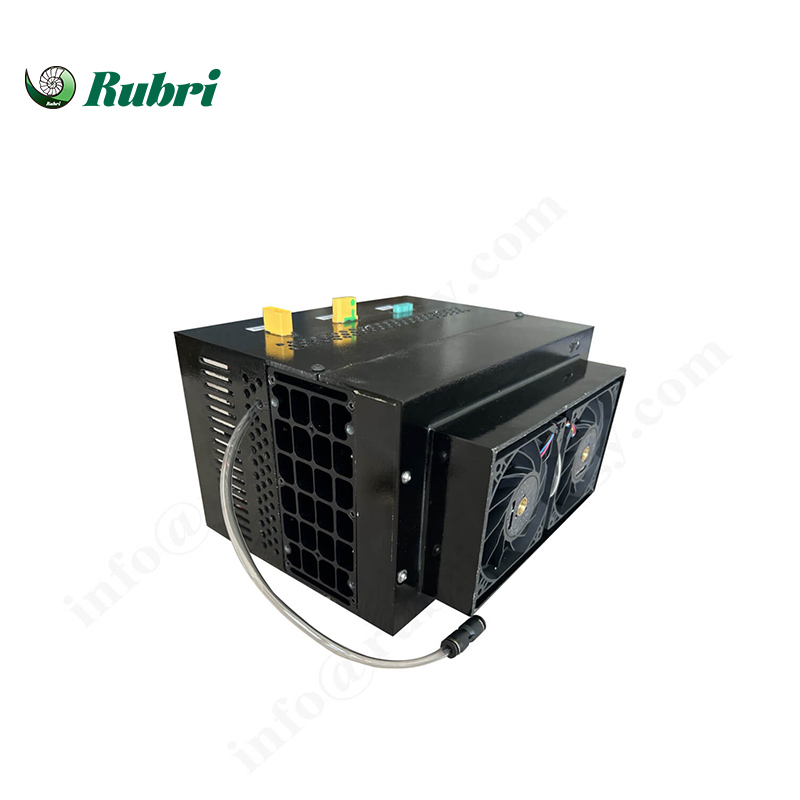
PEM hydrogen fuel cell adopts Proton Exchange Membrane Technology to convert hydrogen and oxygen into water and electricity. A PEM fuel cell generates power without producing pollution or carbon emission.
Read More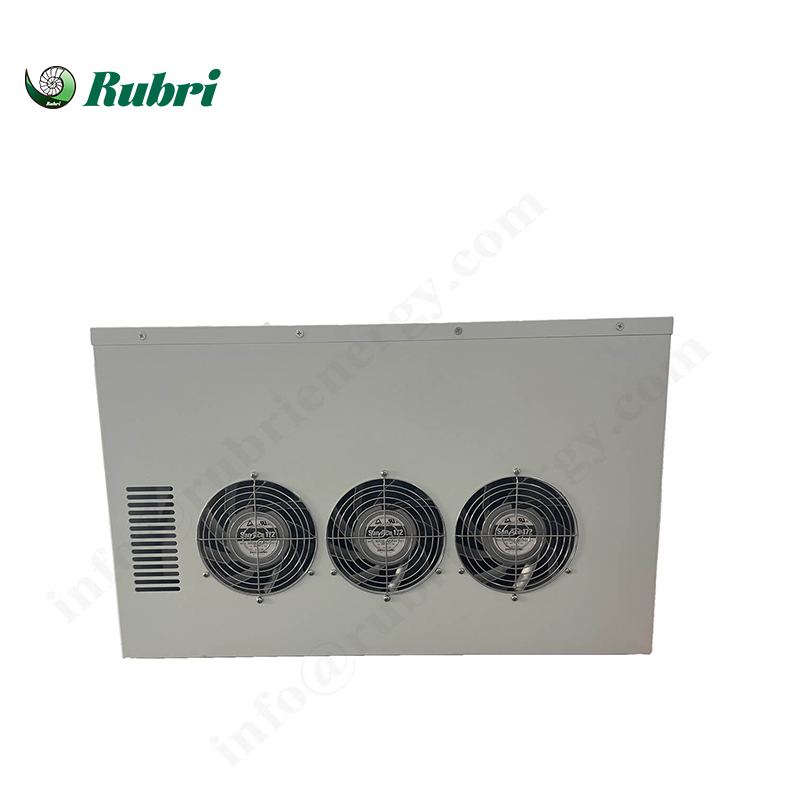
With simple system design, air cooling fuel cell can be used for various scenarios, such as hydrogen forklifts, hydrogen trucks, hydrogen powered buses, hydrogen fuel cell cars, hydrogen energy boats, as well as sationary backup power supply.
Read More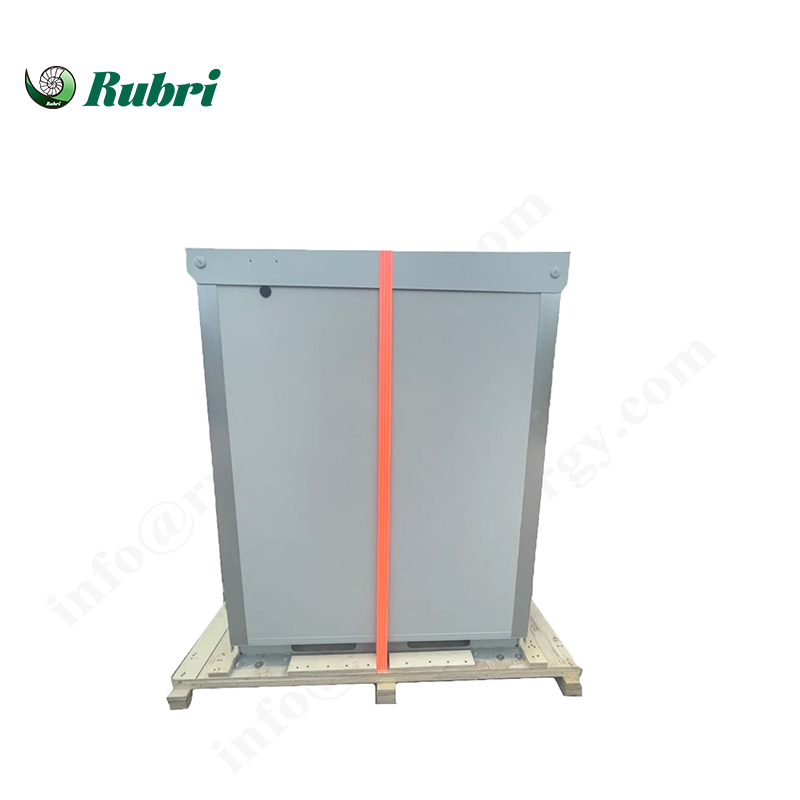
Water/liquid cooled hydrogen fuel cells can be used in larger power generation systems.Metal or graphite bipolar plate optional, DC or AC output optional, customizable for various using scenarios.
Read More

 IPv6 network supported
IPv6 network supported
